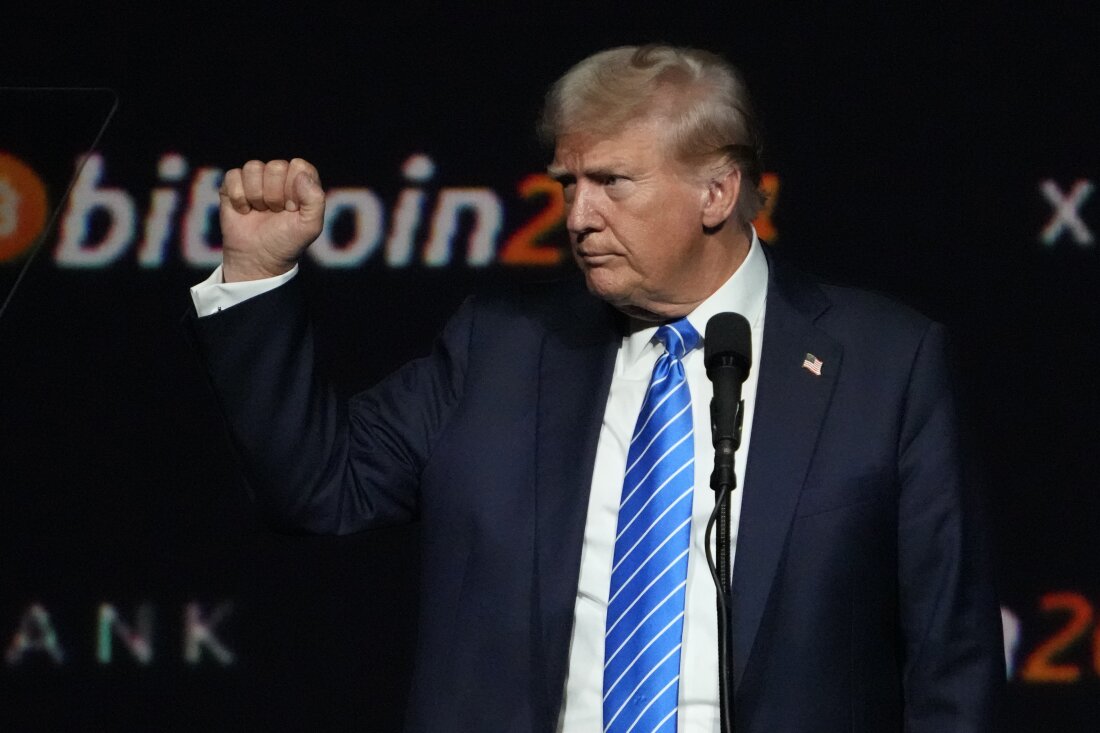The Rise of Decentralized Finance: Changing the Landscape of Cryptocurrency
As the world of finance continues to evolve, one of the most significant innovations in recent years has been the emergence of Decentralized Finance (DeFi). This rapidly growing sector aims to reshape traditional financial systems by leveraging blockchain technology. With the promise of greater accessibility, transparency, and efficiency, DeFi is not just a passing trend; it’s a revolutionary change in how we think about money and transactions.
Understanding DeFi: What Is It?
Decentralized Finance refers to a financial system built on blockchain technology that operates without intermediaries. Instead of needing banks or brokers, users can lend, borrow, trade, and earn interest on their assets directly with one another through smart contracts. This fundamentally changes the dynamics of finance by democratizing access to financial services.
The changing face of finance: a glimpse into DeFi platforms.
The Key Benefits of DeFi
DeFi platforms bring several advantages to the table. Firstly, users have full control over their assets, with no central authority able to freeze accounts or impose restrictions. Secondly, transactions can be conducted at a fraction of the cost and time compared to traditional systems. Additionally, the transparency of blockchain means that all transactions can be audited in real-time, which significantly reduces the risk of fraud.
Importantly, DeFi also opens the door for unbanked populations to access financial services. According to recent analyses, over 1.7 billion people worldwide remain unbanked. DeFi platforms can enable these individuals to engage in financial activities via the internet. This could lead to a more inclusive economy where everyone has the opportunity to participate.
Key Players in the DeFi Space
Several platforms are pioneering the DeFi movement, each offering unique services. Uniswap, for instance, has become the go-to platform for decentralized trading. Its automated liquidity protocol enables users to swap tokens seamlessly without the need for traditional order books. Similarly, Aave and Compound are leading lending protocols that allow users to borrow and lend assets efficiently, rewarding liquidity providers with interest.
Innovative platforms driving the DeFi revolution.
Risks and Challenges in DeFi
Despite the clear benefits, the DeFi sector is not without its risks. The reliance on smart contracts poses security challenges, as vulnerabilities can be exploited by malicious actors. Additionally, the lack of regulation in the DeFi space raises concerns regarding consumer protection and the potential for market manipulation.
Furthermore, the landscape is notoriously volatile. Tokens can experience sudden price fluctuations, leading to risks for both lenders and borrowers. Thus, while DeFi represents a powerful tool for financial empowerment, participants must navigate the space cautiously.
“Investors must educate themselves thoroughly to mitigate risks associated with DeFi.”
The Future of DeFi
Looking ahead, the DeFi space shows no sign of slowing down. As financial institutions begin to explore blockchain technology, we may see hybrid systems that blend traditional finance with decentralized aspects. Furthermore, regulatory clarity will likely play a crucial role in the development of DeFi, providing the necessary safeguards while fostering innovation.
Moreover, with the rise of NFTs and innovative tokenomics, the DeFi ecosystem is poised for further expansion. Collaboration between platforms and traditional financial systems could create a robust financial architecture that embraces both decentralization and regulation.
Imagining the future landscape of finance with inclusivity and decentralization.
Conclusion
In conclusion, Decentralized Finance is ushering in a new era for the financial world. With the potential to provide access to financial services for all, it embodies the promise of blockchain technology. While challenges remain, the ongoing evolution of DeFi will likely continue to reshape our economic landscape for years to come, making it an exciting area to monitor.
The integration of traditional and decentralized systems could lead to a more equitable financial future, fundamentally altering our relationship with money.













